Dingchang Zheng
Exploit the antenna response consistency to define the alignment criteria for CSI data
Oct 10, 2023


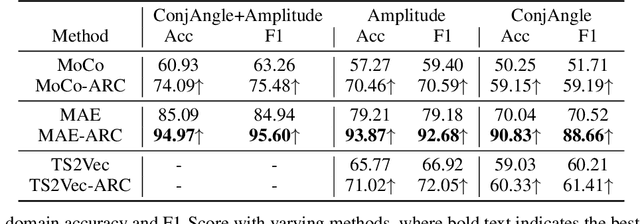
Abstract:Self-supervised learning (SSL) for WiFi-based human activity recognition (HAR) holds great promise due to its ability to address the challenge of insufficient labeled data. However, directly transplanting SSL algorithms, especially contrastive learning, originally designed for other domains to CSI data, often fails to achieve the expected performance. We attribute this issue to the inappropriate alignment criteria, which disrupt the semantic distance consistency between the feature space and the input space. To address this challenge, we introduce \textbf{A}netenna \textbf{R}esponse \textbf{C}onsistency (ARC) as a solution to define proper alignment criteria. ARC is designed to retain semantic information from the input space while introducing robustness to real-world noise. We analyze ARC from the perspective of CSI data structure, demonstrating that its optimal solution leads to a direct mapping from input CSI data to action vectors in the feature map. Furthermore, we provide extensive experimental evidence to validate the effectiveness of ARC in improving the performance of self-supervised learning for WiFi-based HAR.
Self-Supervised Learning for WiFi CSI-Based Human Activity Recognition: A Systematic Study
Jul 19, 2023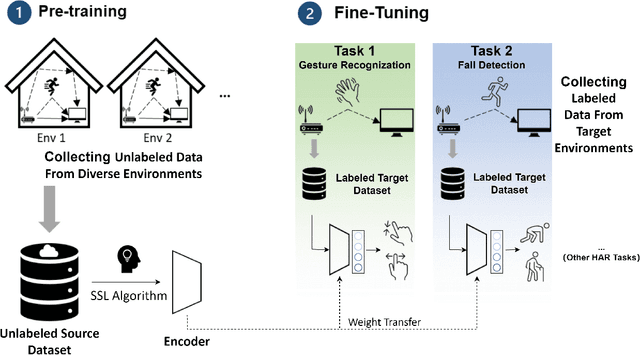
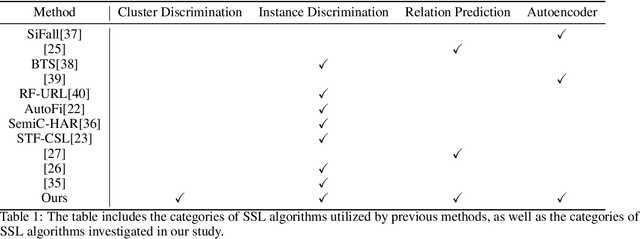
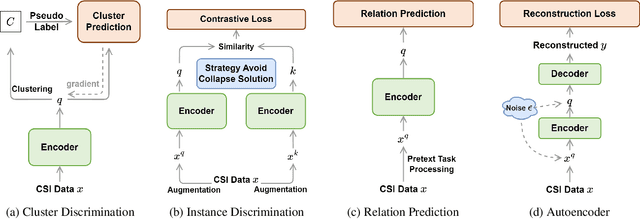
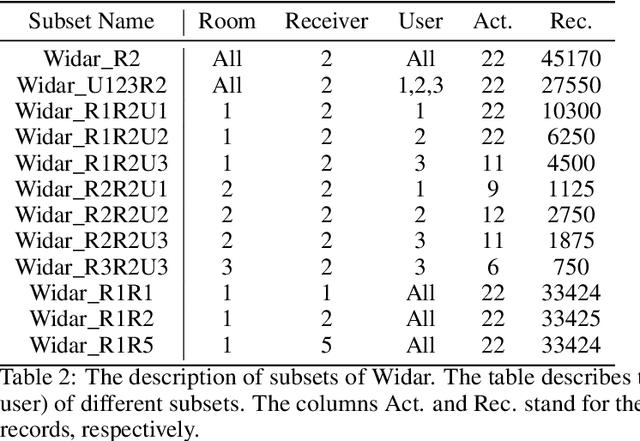
Abstract:Recently, with the advancement of the Internet of Things (IoT), WiFi CSI-based HAR has gained increasing attention from academic and industry communities. By integrating the deep learning technology with CSI-based HAR, researchers achieve state-of-the-art performance without the need of expert knowledge. However, the scarcity of labeled CSI data remains the most prominent challenge when applying deep learning models in the context of CSI-based HAR due to the privacy and incomprehensibility of CSI-based HAR data. On the other hand, SSL has emerged as a promising approach for learning meaningful representations from data without heavy reliance on labeled examples. Therefore, considerable efforts have been made to address the challenge of insufficient data in deep learning by leveraging SSL algorithms. In this paper, we undertake a comprehensive inventory and analysis of the potential held by different categories of SSL algorithms, including those that have been previously studied and those that have not yet been explored, within the field. We provide an in-depth investigation of SSL algorithms in the context of WiFi CSI-based HAR. We evaluate four categories of SSL algorithms using three publicly available CSI HAR datasets, each encompassing different tasks and environmental settings. To ensure relevance to real-world applications, we design performance metrics that align with specific requirements. Furthermore, our experimental findings uncover several limitations and blind spots in existing work, highlighting the barriers that need to be addressed before SSL can be effectively deployed in real-world WiFi-based HAR applications. Our results also serve as a practical guideline for industry practitioners and provide valuable insights for future research endeavors in this field.
Interpretable Machine Learning for COVID-19: An Empirical Study on Severity Prediction Task
Oct 17, 2020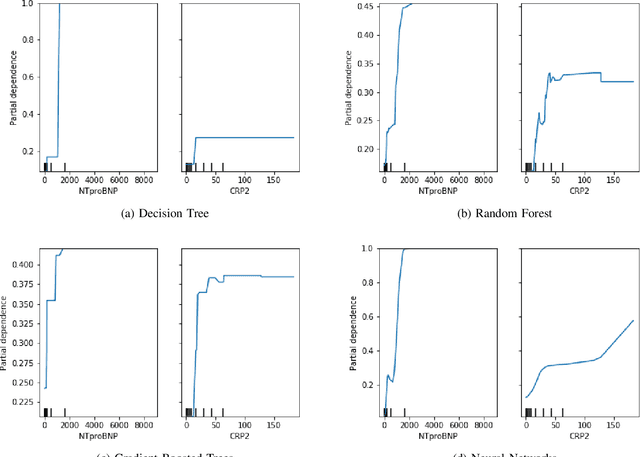
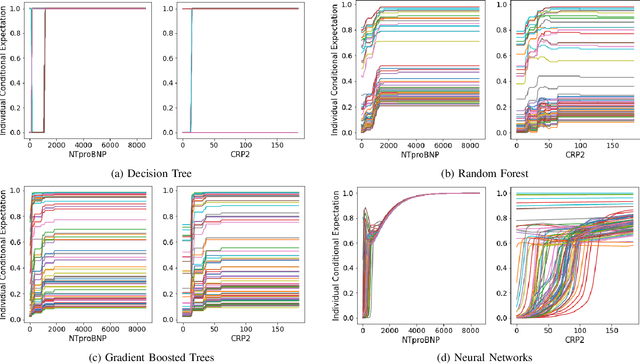
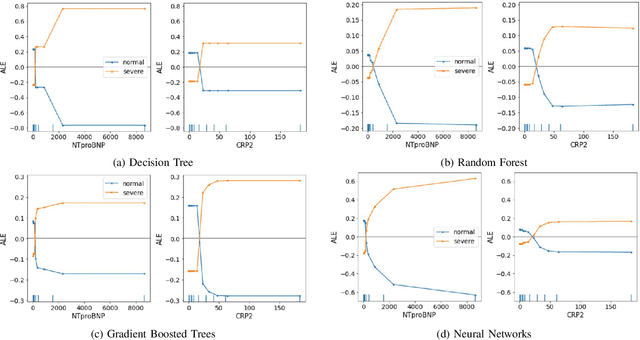
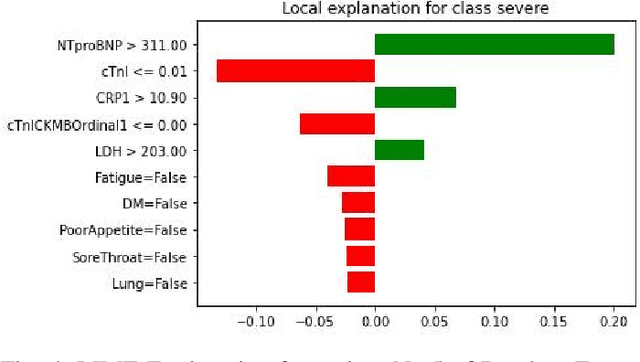
Abstract:Black-box nature hinders the deployment of many high-accuracy models in medical diagnosis. It is risky to put one's life in the hands of models that medical researchers do not trust. However, to understand the mechanism of a new virus, such as COVID-19, machine learning models may catch important symptoms that medical practitioners do not notice due to the surge of infected patients during a pandemic. In this work, the interpretation of machine learning models reveals that a high C-reactive protein (CRP) corresponds to severe infection, and severe patients usually go through a cardiac injury, which is consistent with well-established medical knowledge. Additionally, through the interpretation of machine learning models, we find phlegm and diarrhea are two important symptoms, without which indicate a high risk of turning severe. These two symptoms are not recognized at the early stage of the outbreak, whereas our findings are corroborated by later autopsies of COVID-19 patients. We find patients with a high N-terminal pro B-type natriuretic peptide (NTproBNP) have a significantly increased risk of death which does not receive much attention initially but proves true by the following-up study. Thus, we suggest interpreting machine learning models can offer help to diagnosis at the early stage of an outbreak.
 Add to Chrome
Add to Chrome Add to Firefox
Add to Firefox Add to Edge
Add to Edge